Empower Yourself: Practical Pressure Point Techniques for Everyday Safety
In an age where self-defense and personal safety are paramount, understanding the human body’s pressure points can equip you with the ability to protect yourself. This article will delve into the principles behind pressure point techniques, their applications, and how you can incorporate these methods into your everyday life. To ensure a comprehensive understanding, we’ll rely on a variety of sources, including martial arts literature, self-defense manuals, and expert interviews.
Introduction to Pressure Points
Pressure points are specific locations on the body that, when stimulated, can have varying effects ranging from pain compliance to incapacitation. These points are often used in martial arts and self-defense to subdue an opponent without causing lasting injury.
The Science Behind Pressure Points
Pressure points are related to the body’s nervous system. Targeting certain areas can result in significant pain or even relaying a signal to the brain that can disrupt normal bodily functions. Understanding the anatomy behind these points can empower an individual to effectively utilize them.
The Anatomy of Pressure Points
The human body possesses several critical pressure points. Below are some of the most common areas used in self-defense:
-
Jaw (Mandibular Angle): Located just below the ear, striking this point can disorient an attacker and create an opportunity for escape.
-
Solar Plexus: Just below the ribcage, a strike to this area can knock the breath out of someone, temporarily incapacitating them.
-
Knee (Patella): Targeting the knee can destabilize an opponent, making it an effective point for defensive tactics.
-
Throat (Cervical Vertebrae): While this is an extremely sensitive area, striking it can incapacitate an attacker momentarily.
-
Eyes and Nose: Both areas are prone to striking and can create enough distraction for you to escape.
Practical Techniques for Everyday Safety
For individuals looking to enhance their safety and empowerment, mastering a few practical techniques can be invaluable. Below are simple yet effective pressure point techniques.
Basic Techniques
-
Jaw Distraction:
- How to Execute: Using the heel of your palm, strike upwards at the mandibular angle while stepping offline to evade an incoming attack.
- Purpose: Causes disorientation and creates space to escape.
-
Solar Plexus Strike:
- How to Execute: Use a quick, snapping motion with your fist or elbow to strike directly toward the solar plexus.
- Purpose: Temporarily knocks the wind out of the attacker, providing you with time to get away.
-
Knee Lock:
- How to Execute: With one foot, step in front of their knee while pushing their leg backwards and downwards using your body weight.
- Purpose: Results in balance loss for the attacker and an opportunity to escape.
-
Throat Jab:
- How to Execute: Using your fingers, jab directly into the throat area.
- Purpose: Causes temporary immobilization and opens a pathway for you to escape.
-
Eye Strike:
- How to Execute: Use your fingers to poke or strike the eyes quickly with an outward motion.
- Purpose: Distracts and impedes vision, allowing an escape route.
Training and Practice
While understanding the techniques is important, consistent practice is crucial. The following methods can aid in effective learning.
-
Partner Drilling: Find a training partner to practice the techniques. This allows you to understand distance, timing, and the required force needed for effective use.
-
Shadow Practice: Without a partner, visualize an opponent and practice the movements in a safe environment to build muscle memory.
-
Simulation: Utilize training dummies or pads to simulate real-life scenarios, helping you learn how to control your strength and execute techniques effectively.
Importance of Situational Awareness
Beyond physical techniques, situational awareness is a vital aspect of personal safety. Recognizing your surroundings can empower you to avoid dangerous situations before they escalate.
-
Be Aware of Your Surroundings: Regularly scan your environment for anything or anyone that appears out of the ordinary.
-
Maintain a Confident Posture: Displaying confidence can deter potential attackers. Keep your head up and walk with purpose.
-
Trust Your Instincts: If something feels off, don’t hesitate to remove yourself from the situation.
Legal and Ethical Considerations
Understanding the legal implications of self-defense is crucial. Laws vary widely by location regarding self-defense rights and reasonable force. Always ensure you are knowledgeable about the laws applicable in your area to prevent legal repercussions.
-
Proportionality: Use only the amount of force necessary to protect yourself.
-
Retreat: In many jurisdictions, you may be required to retreat from a confrontation if safe to do so.
-
Documentation: If forced to use self-defense techniques, documenting the incident thoroughly can be vital in legal proceedings.
Conclusion
Empowering yourself with practical pressure point techniques and awareness can significantly enhance your personal safety. While physical techniques are important, cultivating a mindset of confidence and vigilance is equally crucial. Always ensure that you are adept at understanding the legal implications of self-defense.
Remember, empowerment comes not just from knowing how to defend yourself but also from recognizing the importance of prevention, awareness, and responsible action. Engage in regular practice, stay informed, and prioritize your safety in everyday situations.
References
- Revised Martial Arts Journals: Various articles discussing the efficacy of pressure point techniques.
- Self-Defense Literature: Books and manuals emphasizing practical applications of pressure points.
- Interviews with Experts: Conversations with martial arts instructors and self-defense experts on the significance of pressure points in real-world scenarios.
This article serves as a foundation for those interested in self-defense. Whether you’re a martial arts practitioner or just seeking knowledge for personal safety, understanding pressure points can provide you with the tools needed to empower yourself effectively.















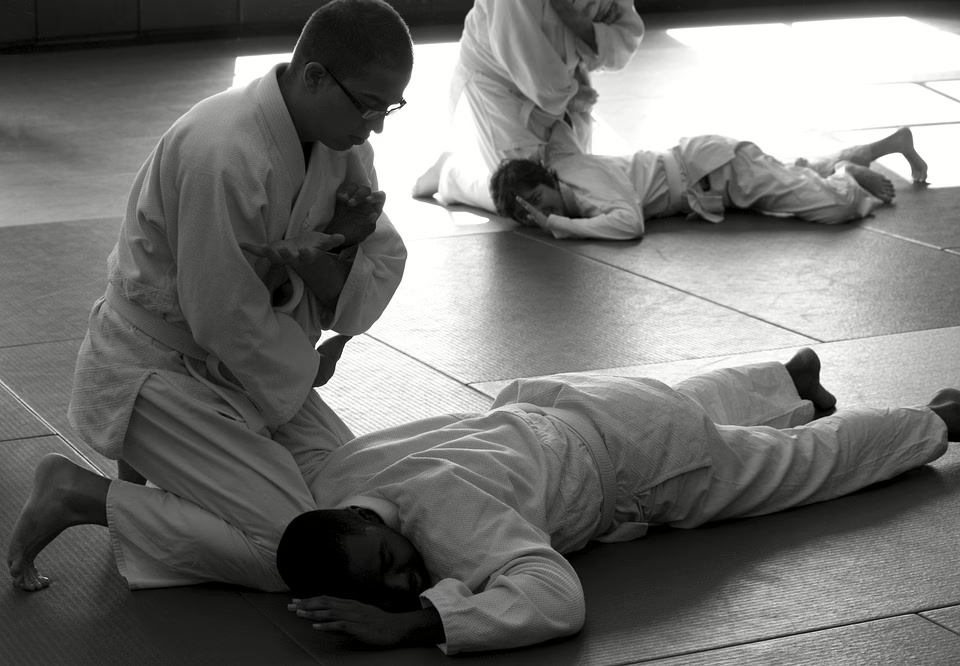
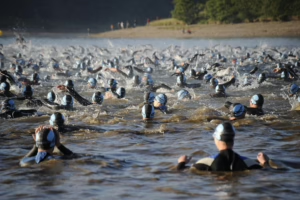

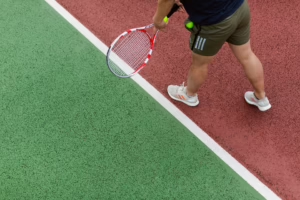
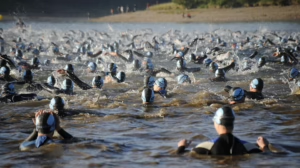

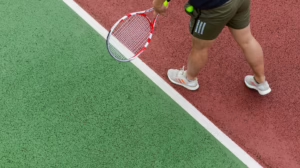




Add Comment